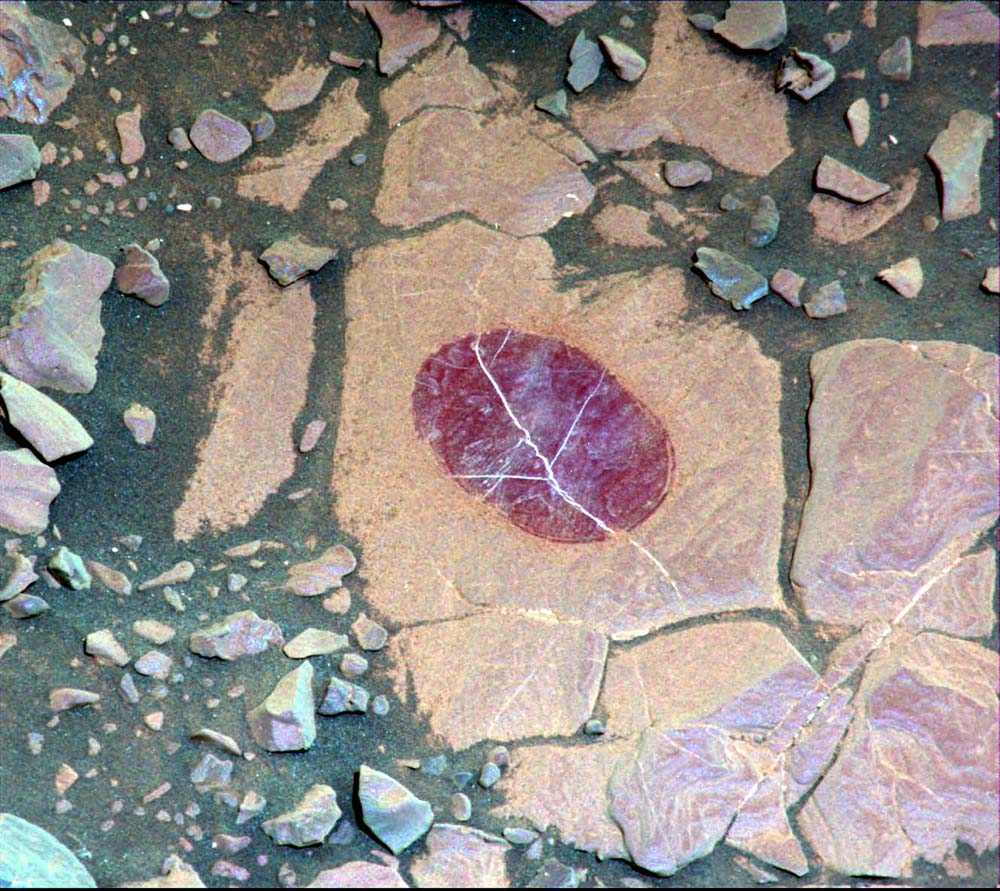Press Release
Martian Ridge Brings Out Curiosity Rover’s Color Talents
Wed, 11/01/2017 - 11:44
Color-discerning capabilities that NASA’s Curiosity rover has been using on Mars since 2012 are proving particularly helpful on a mountainside ridge the rover is now climbing.
These capabilities go beyond the thousands of full-color images Curiosity takes every year: The rover can look at Mars with special filters helpful for identifying some minerals, and also with a spectrometer that sorts light into thousands of wavelengths, extending beyond visible-light colors into infrared and ultraviolet. These observations aid decisions about where to drive and investigations of chosen targets.
One of these methods for discerning targets’ colors uses the Mast Camera (Mastcam); the other uses the Chemistry and Camera instrument (ChemCam).
“The colors of the rocks on the ridge are more interesting and more variable than what we saw earlier in Curiosity’s traverse,” said science team member Jeffrey Johnson of the Johns Hopkins University Applied Physics Laboratory, Laurel, Maryland. He uses both Mastcam and ChemCam data for analyzing rocks.
Each of the Mastcam’s two eyes — one telephoto and one wider angle — has several science filters that can be changed from one image to the next to assess how brightly a rock reflects light of specific colors. By design, some of the filters are for diagnostic wavelengths that certain minerals absorb, rather than reflect. Hematite, one iron-oxide mineral detectable with Mastcam’s science filters, is a mineral of prime interest as the rover examines “Vera Rubin Ridge.”
“We’re in an area where this capability of Curiosity has a chance to shine,” said Abigail Fraeman of NASA’s Jet Propulsion Laboratory, Pasadena, California, who leads planning for the mission’s investigation of Vera Rubin Ridge.

